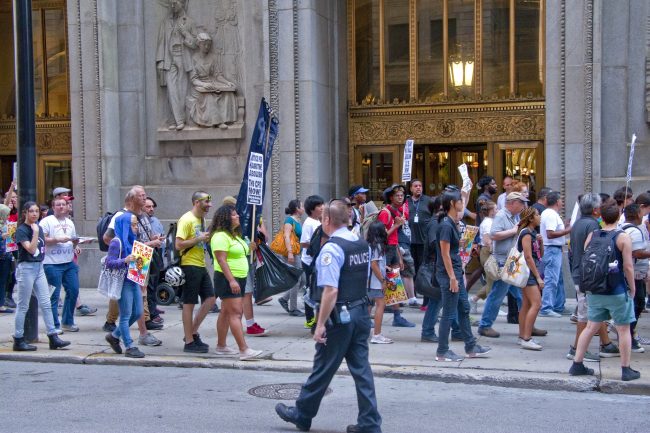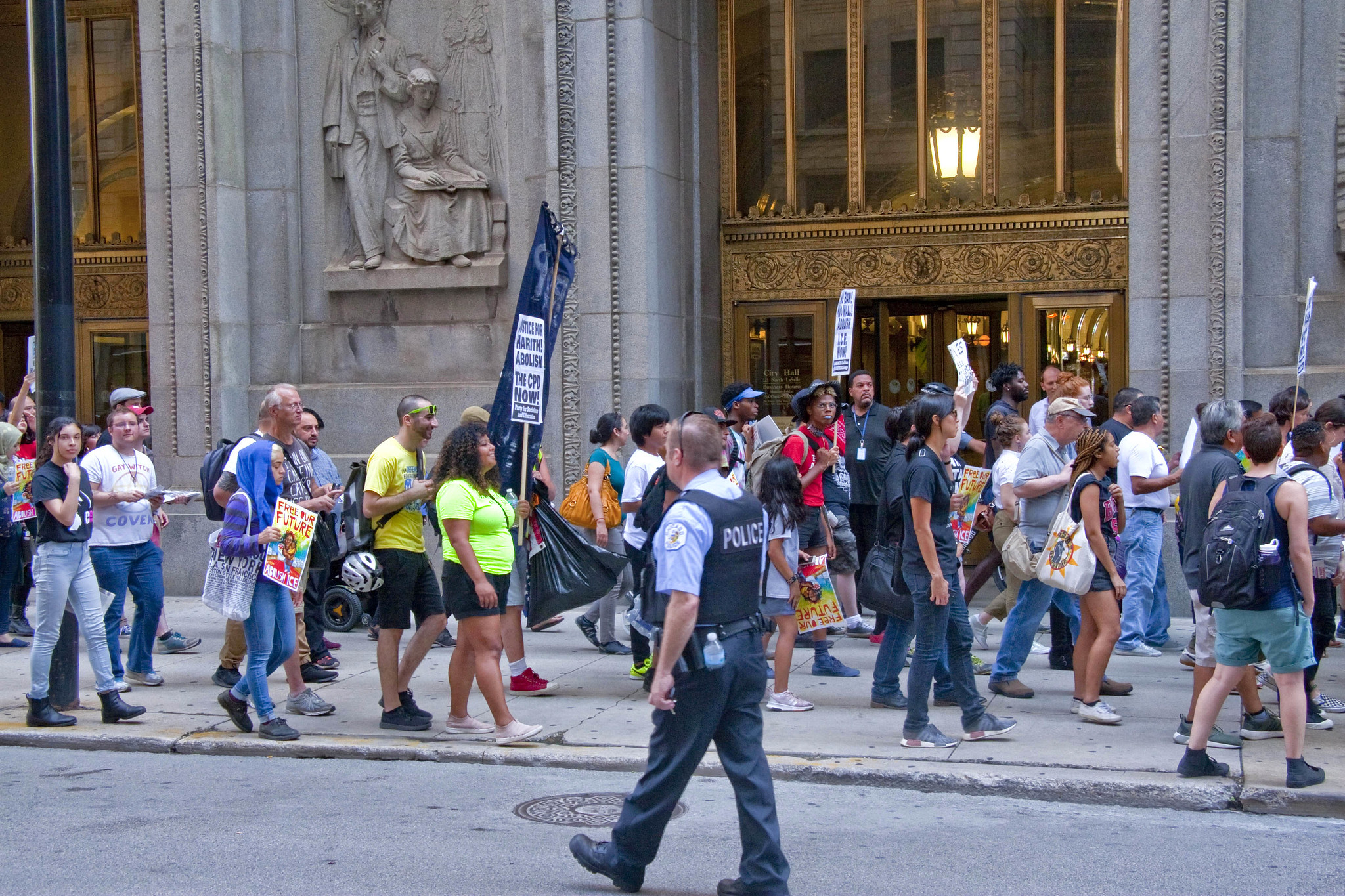|
Getting your Trinity Audio player ready...
|

The Great Migration is one of the main reasons racial segregation began in the Chicago housing market. African-Americans who migrated to the north earned twice the amount of money than the people in the south. When black people started moving to the north, escaping the racial turmoil that they had to endure in the south, white housing owners and developers saw it fit to raise property values because they saw African-Americans as a threat. As a result, “red-lining” prevented minorities from obtaining a federal loan to purchase a house. Since The Great Migration, racial segregation has been a pressing issue in Chicago and has had its lasting effects on the city and its housing.
The real estate industry was enormous in Chicago and played a huge role in contributing to the housing plan in the city. Before the 1930s, there were not any banking laws, therefore, the people living in these cities were able to create their own rules and establish banking practices that would enable home ownership. After the 1930s, and with the Great Migration, national banking laws created a rigid lending system that allowed white developers to have control of where black and white people were able to live. Chicago had a powerful real estate industry where white-only spaces would become most profitable. According to Carl Nightingale, author of “Segregation: A Global History,” Chicago was ground-zero for segregation. Housing policies were created specifically to divide the city by keeping the white people in one area and the black people in another: A process known as red-lining.
As a result of these segregation policies and practices, the Fair Housing Act was enacted in 1968 to protect housing residents from discrimination and being denied rights based on race, sex, religion, disability, and place of origin. This law is not only limited to housing, but it also applies to real estate agencies, insurance companies, and other companies that may deny people services.
In 1983, Chicago elected its first African-American mayor. Mayor Harold Washington faced enormous resistance from a white alderman who feared white people would lose power over their communities and their stock in the housing market. In the 1980s there was a housing scare as well as a proposed plan to keep whites together regardless of the presence of a black mayor. During Washington’s term, there was an outcry from white residents who fought for home equity insurance policies that were restricted to white people to defined their communities. This would ensure whites would not lose out on their property values if they had to sell under market value. They demanded attention from Mayor Washington to create these policies because they perceived him to be only focusing on black issues. White people called for a housing program where everyone that purchased a home (in white-defined communities) were obligated to pay a tax every year. They would get the money back if their house sold for less than it was worth. Their fear was that if black people moved in, the prices of the houses would go down. After the Chicago Housing Authority claimed it was against the law to designate an area to a specific “race,” Mayor Washington said the outrage was unwarranted and any problems that the white activists had with him should be taken to court.
Racial segregation in Chicago still exists, but people are witnessing a slow change. Chicago’s “The Apartment List”–online rental listings– revealed the racial divide in Chicago by calculating the segregation index. The segregation index is calculated by the percentage of minorities that need to move out of a neighborhood for it to be equivalent to the city’s percentage. Chicago’s segregation index decreased from 56 percent to 53 percent (from the year 2009-2016). From these statistics, one can see that segregation has always been a part of the city and has affected the most vulnerable neighborhoods in Chicago.
Written by Rafael Rico
Sources:
The Chicago Reader: Chicago Isn’t Just Segregated, It Basically Invented Modern Segregation
WBEZ: What Can Chicago Do About The Racist Effects of Segregation? Look To Other Cities
The Chicago Tribune: Chicago is the 13th most segregated city in the U.S., study finds
The Atlantic: Chicago’s Awful Divide
The Department of Justice: The Fair Housing Act
Top and Featured Image Courtesy of Charles Edward Miller’s Flickr Page – Creative Commons License



